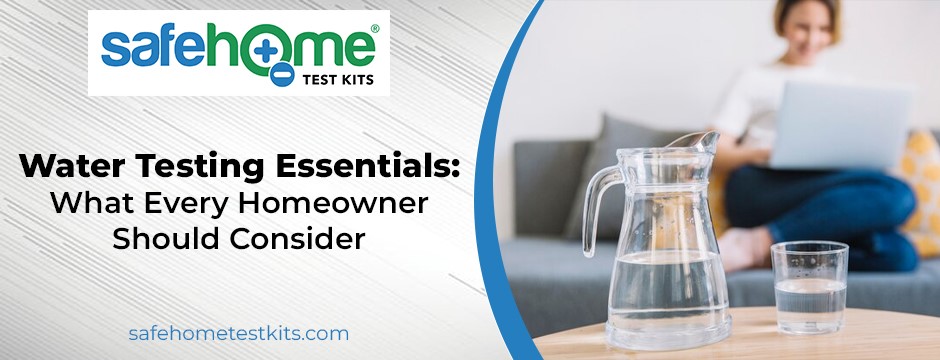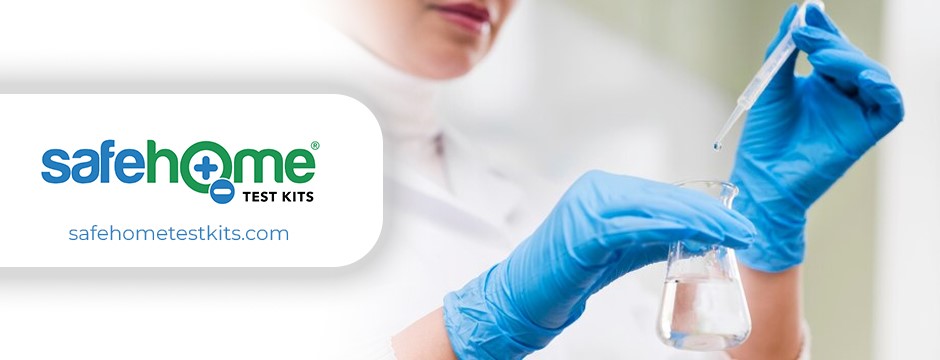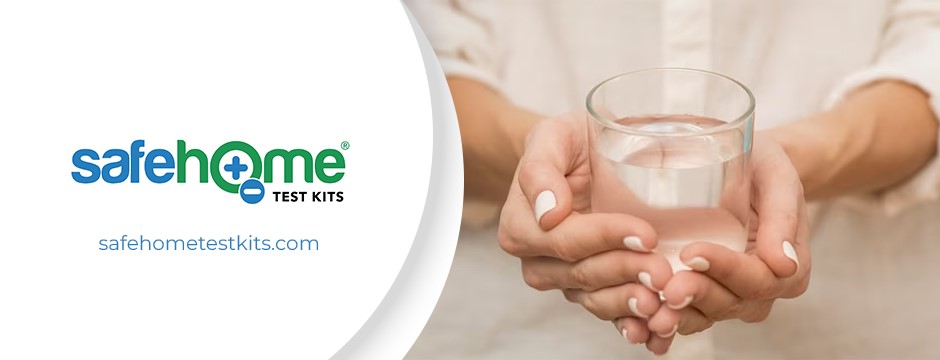Water Testing Essentials: What Every Homeowner Should Consider

Water is one of life’s most essential resources. Whether for drinking, cooking, bathing, or cleaning, we rely on clean and safe water for our daily needs. As a homeowner, it’s crucial to ensure the quality and safety of the water in your home. Water testing plays a fundamental role in achieving this. In this comprehensive guide, we’ll explore the essentials of water testing, why it’s essential, when and how to test your water, common contaminants, and the steps to take in response to test results. By the end of this blog, you’ll be well-informed and better equipped to make informed decisions about your home’s water quality.
The Importance of Water Testing
Water testing is vital for several reasons:
- Health and Safety: The health and safety of your family are paramount. Regular water testing is crucial to ensure that the water you drink, cook with, and bathe in is devoid of harmful contaminants that could lead to health issues and illnesses. It’s a proactive measure to safeguard the well-being of your loved ones.
- Environmental Concerns: Monitoring water quality isn’t just about personal health; it’s also an environmentally responsible act. By keeping a close watch on the quality of your water, you contribute to identifying potential sources of pollution and can take corrective actions when necessary. This ensures that your family and the broader environment benefit from clean and safe water.
- Legal Requirements: In some regions, water testing is not just a suggestion but a legal requirement. Authorities have set specific regulations and standards to maintain water quality at safe levels. By adhering to these legal requirements, homeowners play a role in upholding community health and environmental well-being.
- Home Value: The quality of your home’s water supply can significantly impact its value in the real estate market. A documented history of clean and safe water enhances the desirability of your property to potential buyers. It demonstrates responsible ownership and alleviates concerns about water quality, ultimately maintaining or increasing the value of your home.
- Peace of Mind: Water testing provides peace of mind. Knowing that your water is regularly assessed and confirmed to be safe offers you and your family a sense of security and confidence. It eliminates doubts and concerns about the water you rely on daily, enabling you to lead a more comfortable and worry-free life in your home.

When and How to Test Your Water
- Frequency of Testing: Regular testing is crucial. Testing your water annually is recommended, especially if you have a private well. You should also test whenever you notice changes in water quality, like taste, color, or odor.
- Certified Laboratories: Always use a certified water testing laboratory. You can contact your local health department for a list of certified labs or use online resources.
- Types of Testing: The testing you need depends on your water source and any specific concerns. Common tests include testing for bacteria (coliform and E. coli), nitrates, lead, arsenic, and other contaminants.
- Collecting Samples: Follow the instructions provided by the testing lab for proper sample collection. Ensure the samples are taken from different taps representing cold and hot water.
- Interpreting Results: Once you receive the test results, carefully review them. If you need more clarification on the results or need further guidance, consult the testing lab or a local water quality expert.
Common Water Contaminants
Understanding the common water contaminants can help you identify potential issues and take appropriate action:
- Bacteria: Coliform and E. coli are bacteria commonly found in water, and their presence indicates potential contamination. Elevated levels might signify the presence of sewage or animal waste, highlighting a risk of waterborne diseases.
- Nitrates and Nitrites: These compounds often originate from fertilizers, septic systems, or animal waste. High concentrations, especially in water sources infants consume, can lead to health issues, such as methemoglobinemia or “blue baby syndrome.”
- Lead: Older homes might have plumbing made of or containing lead. When water comes into contact with these pipes or fixtures, it can leach lead, posing severe health risks, particularly for children. Lead exposure can result in developmental problems and other health issues.
- Arsenic: Arsenic can find its way into groundwater through natural deposits or various industrial and agricultural activities. Even in low concentrations, arsenic poses health risks as a known carcinogen, potentially leading to long-term health problems.
- Chlorine and Chloramine: These disinfectants are commonly used to treat water, ensuring its safety. While their presence indicates the water has been treated, high levels can alter the taste and smell of water, affecting its palatability.
- Hardness Minerals: Excessive levels of minerals like calcium and magnesium in water can cause what’s referred to as “hard water.” This leads to scale buildup in pipes, appliances, and other surfaces, potentially reducing efficiency and lifespan.
Responding to Test Results
Once you receive your water test results, your response will depend on the findings:
- Safe Water: When your water test results confirm that your water is safe and free from contaminants, you can continue using it without any concerns. It’s a reassuring outcome, providing peace of mind about the quality of your water.
- Contaminated Water: If your test results indicate contamination, it’s essential to seek guidance from the testing lab or a water quality expert. They can recommend appropriate treatment measures, including installing water treatment systems or filters. Addressing contamination is crucial to restore the safety of your water.
- Lead or Arsenic: Detection of lead or arsenic in your water is a serious concern due to its severe health consequences. Prompt action is necessary, which could include replacing plumbing systems with lead components or installing specialized treatment systems designed to remove these contaminants.
- Bacterial Contamination: In cases of bacterial contamination, such as coliform or E. coli, disinfection or filtration systems may be required to make the water safe for consumption. These measures effectively eliminate harmful bacteria and ensure the water is suitable for use.
- Regular Monitoring: In certain situations, particularly with private wells, continuous monitoring may be necessary to maintain safe water quality. Regular testing ensures that any changes or new contaminants are promptly identified and addressed, allowing you to enjoy clean and safe water in your home.

Conclusion
Ensuring the safety and quality of your home’s water is a responsibility every homeowner should take seriously. Regular water testing is the key to achieving this goal. It provides peace of mind, protects your family’s health, and helps preserve the environment. You can confidently take control of your home’s water quality by understanding the importance of water testing, when and how to test your water, common contaminants, and the appropriate response to test results. Don’t wait – make water testing a routine part of your home maintenance and safeguard the well-being of your family and the value of your home.
To find out more, visit us at Safe Home®!


